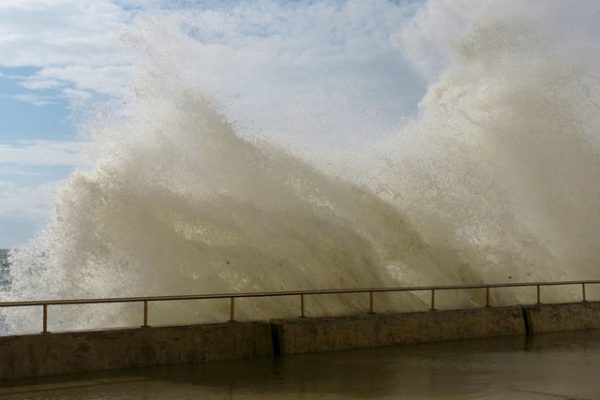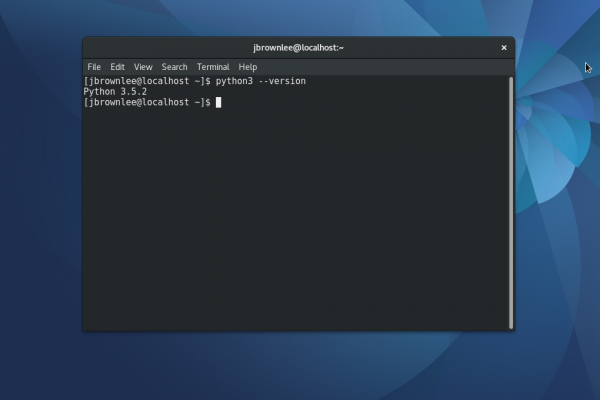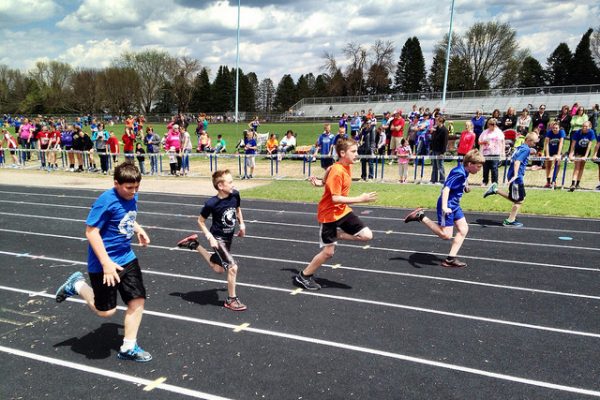How to Difference a Time Series Dataset with Python
Last Updated on August 14, 2020 Differencing is a popular and widely used data transform for time series. In this tutorial, you will discover how to apply the difference operation to your time series data with Python. After completing this tutorial, you will know: About the differencing operation, including the configuration of the lag difference and the difference order. How to develop a manual implementation of the differencing operation. How to use the built-in Pandas differencing function. Kick-start your project […]
Read more








